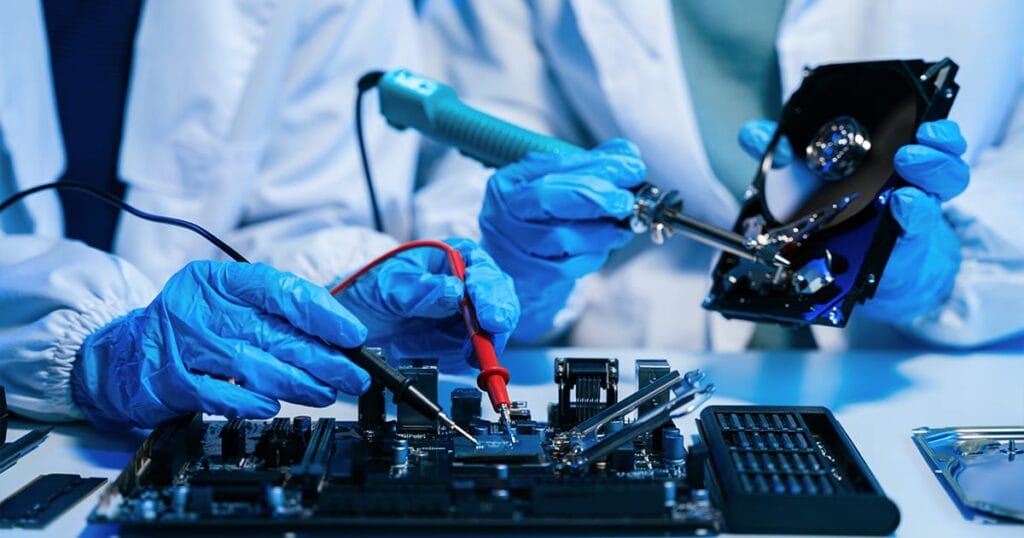
04.07.2024
The essential guide to cleanroom garments
Cleanroom environments, especially in the pharmaceutical and semiconductor industries, demand the utmost precision and cleanliness. The garments worn within this controlled environment play a crucial role in safeguarding products, processes, and most importantly, personnel.
Why Cleanroom Garments Matter?
- Contamination Control: Cleanroom garments act as a barrier and it is the first line of defence against contamination. They are engineered to minimize the release of particles that could compromise the manufacturing environment.
- Personnel Safety: Beyond product protection, these garments ensure the safety of the individuals working within the Cleanroom. From overalls to hoods and boots, each component is designed to protect against biological and chemical hazards.
- Regulatory Compliance: Strict industry regulations mandate the use of appropriate garments to meet defined cleanliness and safety standards. Staying compliant is not just a matter of best practice; it’s a regulatory requirement.
Management And Maintenance:
The cleanroom garments have a limited lifecycle which is derived from the validation studies. Effective management and maintenance are critical. Here’s how to ensure optimal performance:
- Inspection and quality assurance: Regularly inspect garments for wear and tear, and ensure that they meet the required standards. Replace garments that no longer meet the specifications.
- Proper handling: Train personnel on the correct procedures for donning and doffing garments. Mishandling can introduce contaminants.
- Decontamination: Implement a thorough decontamination of Cleanroom garments with validated processes to maintain their effectiveness. Compliance with established protocols is essential.
- Cleanliness testing: Perform the tests to verify the microbial and particulate cleanliness of the processed cleanroom garment. Failure to meet cleanliness standards can lead to contamination risks.
- Records and documentation: Maintain detailed records of each garment’s history, including decontamination, testing, repairs, and replacement. This traceability is often a regulatory requirement. It is advisable to move towards digitalization by having UHF chips and garment management systems which provide records and documentation in digital formats.
Remember, cleanroom garments are not just clothing; they are a crucial barrier system & a critical component of your contamination control strategy. The choice, use, and care of these barrier garments impact product quality, personnel safety, and regulatory compliance.




